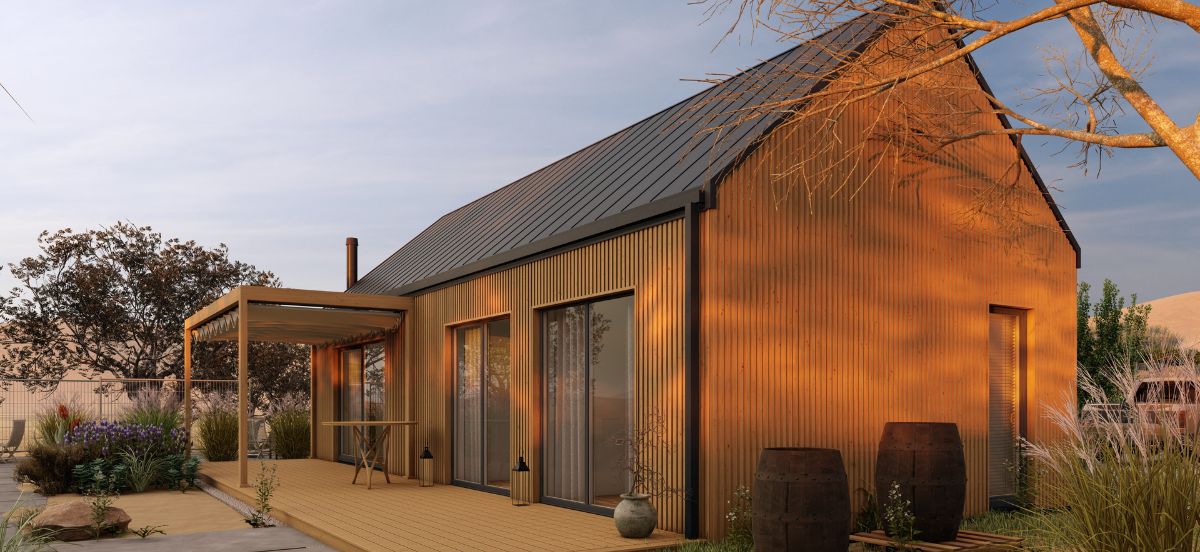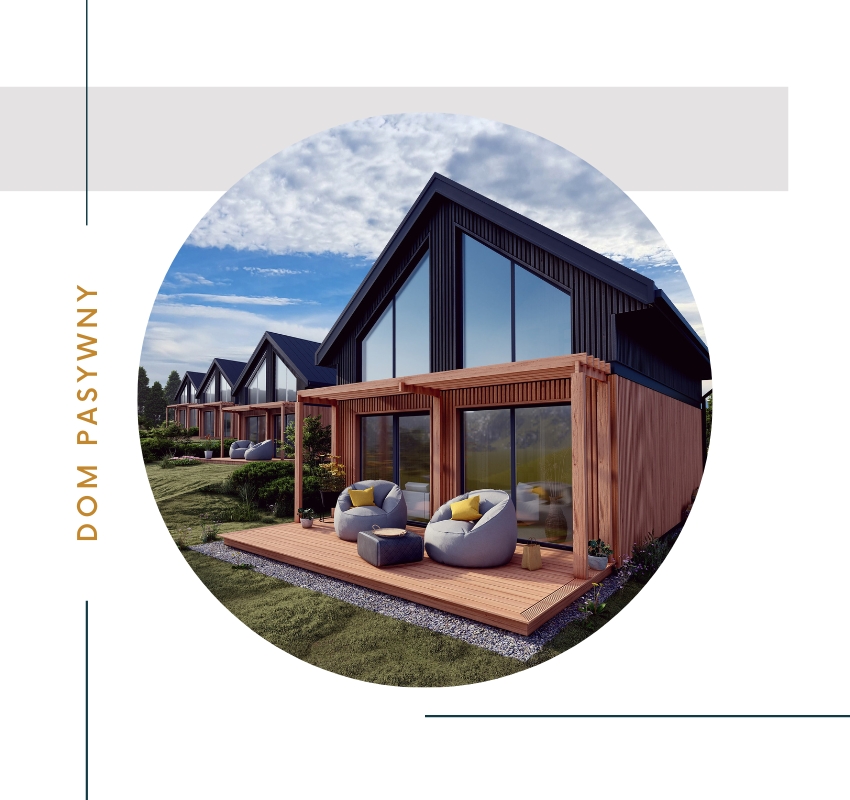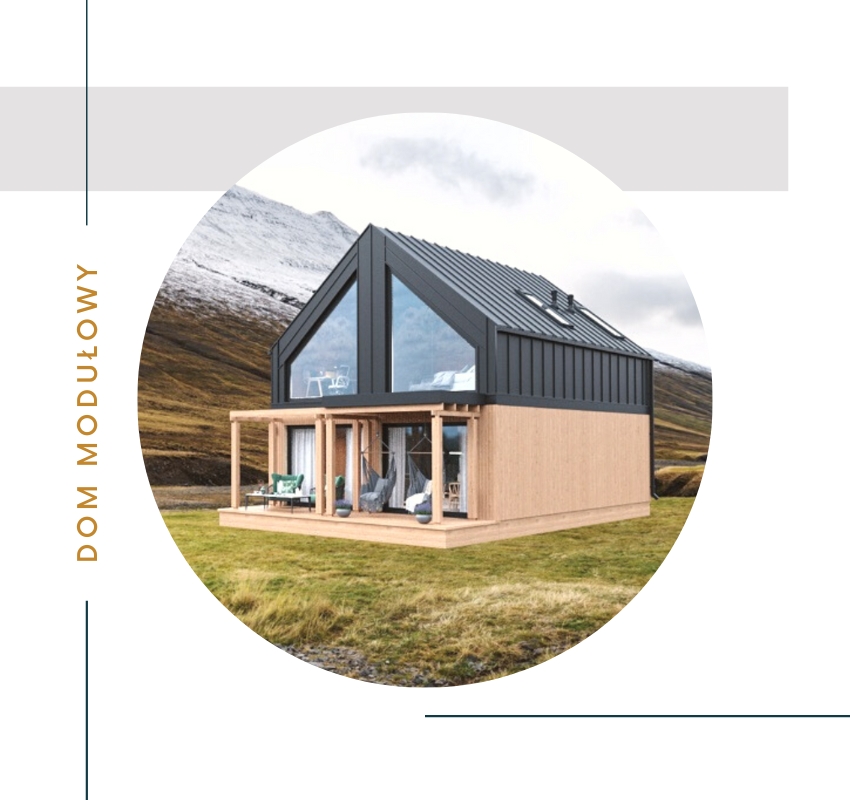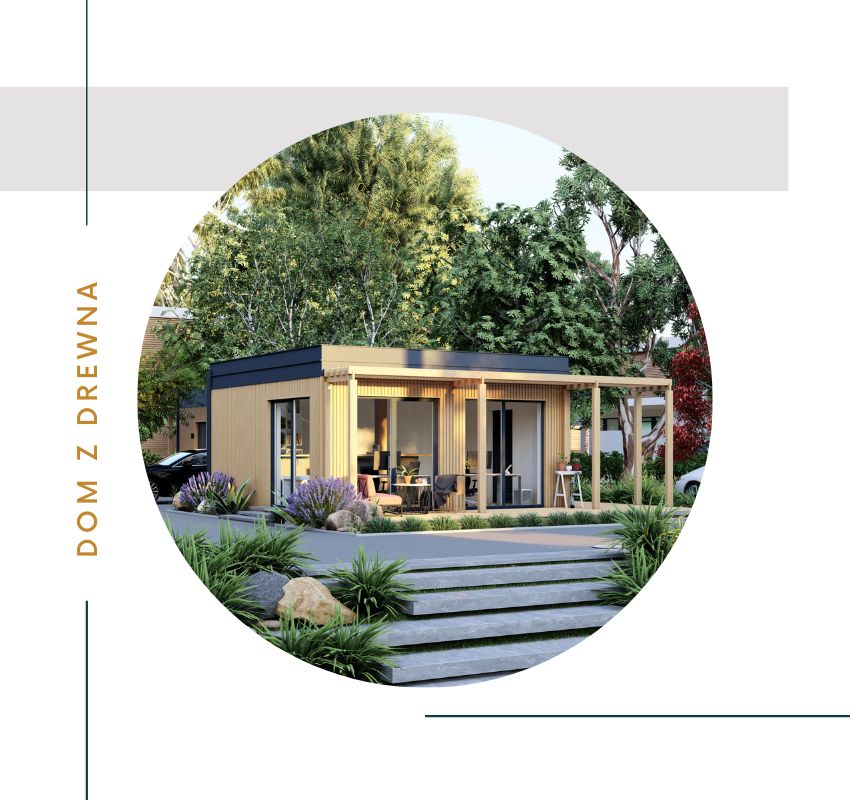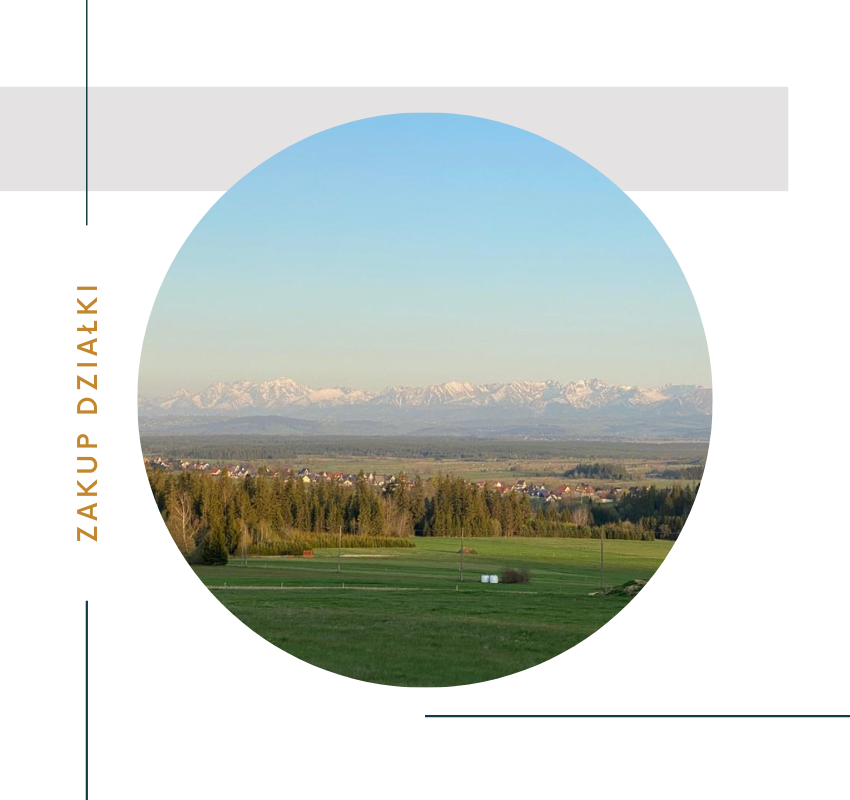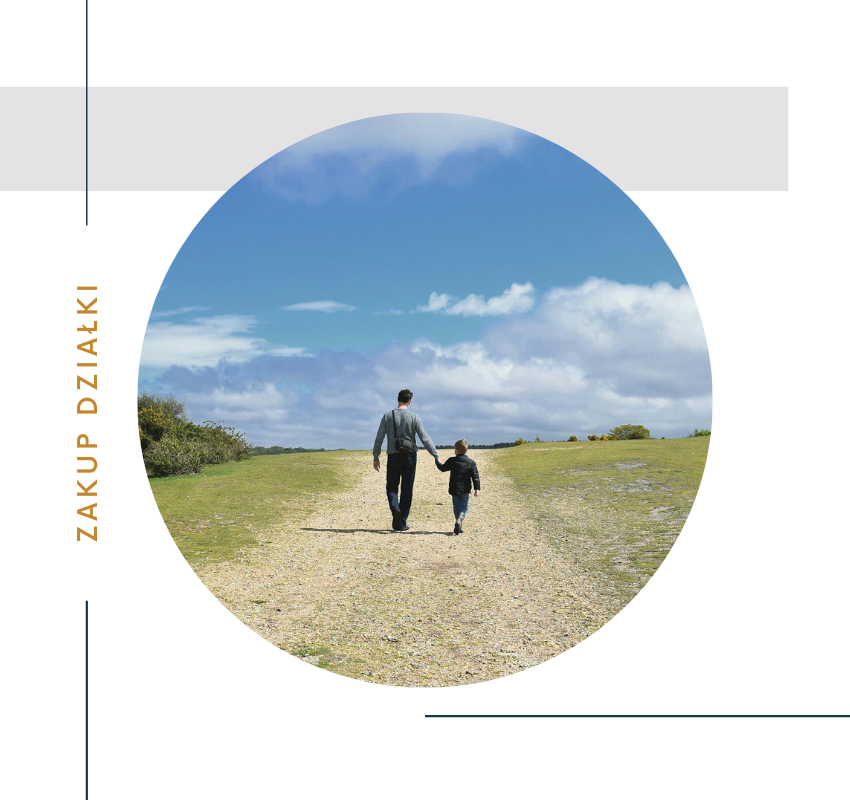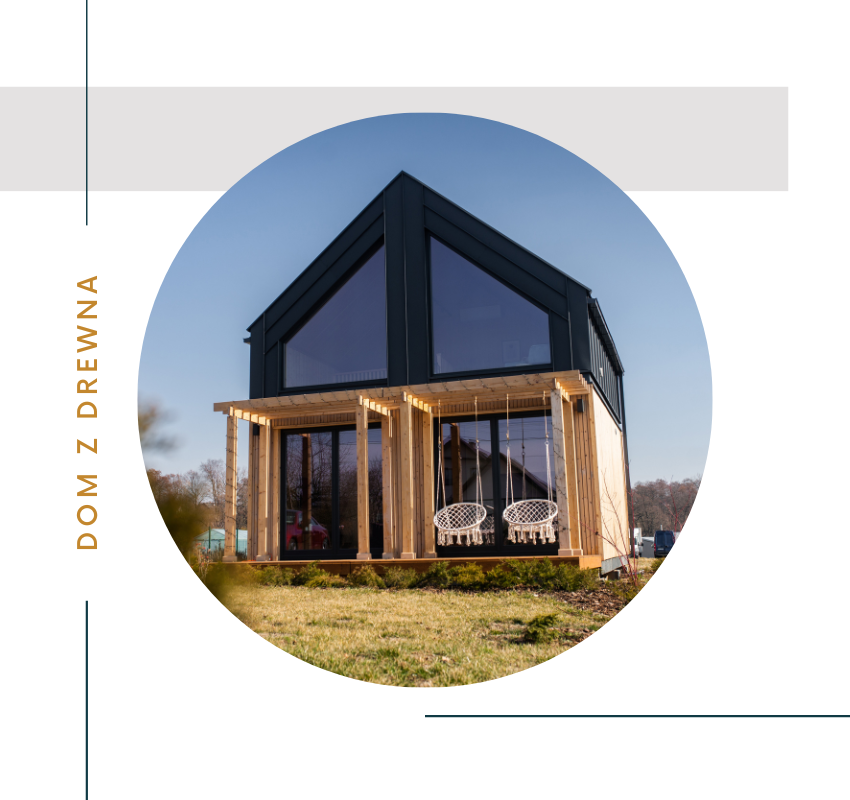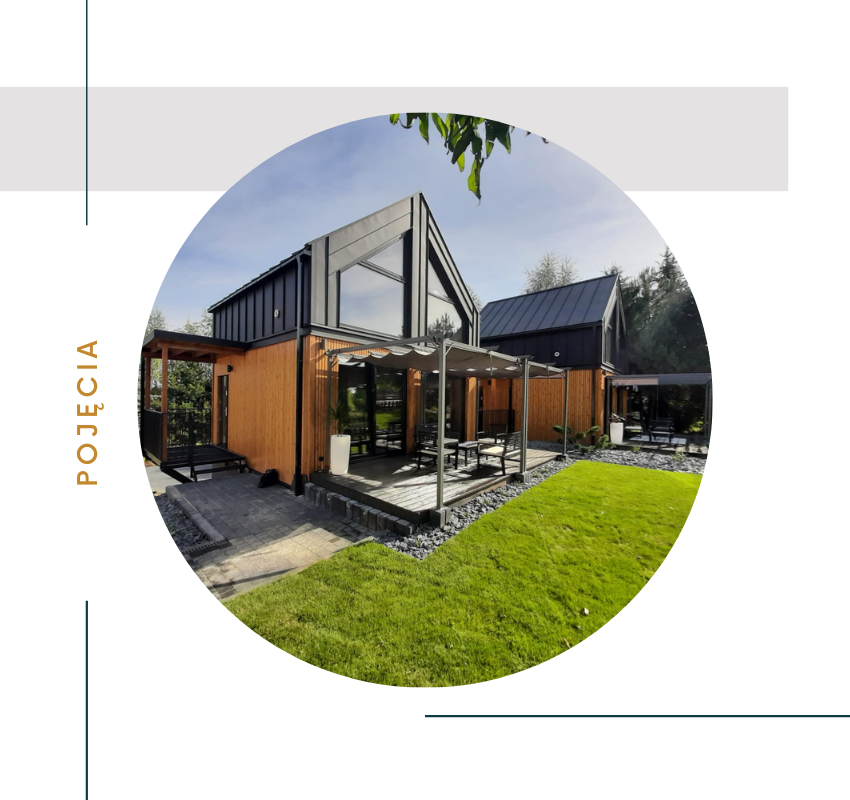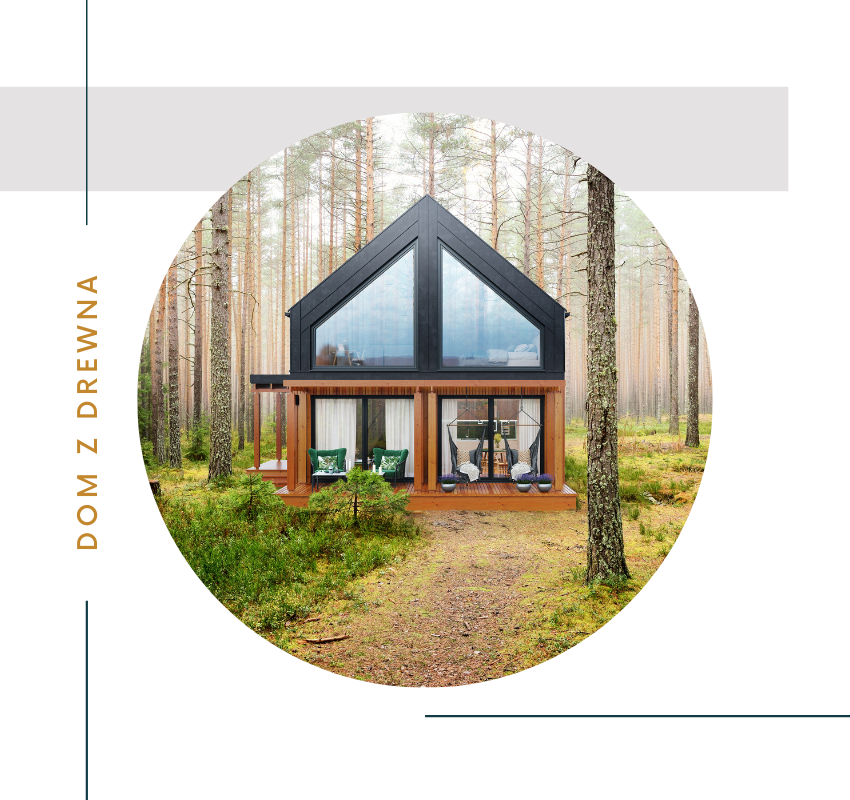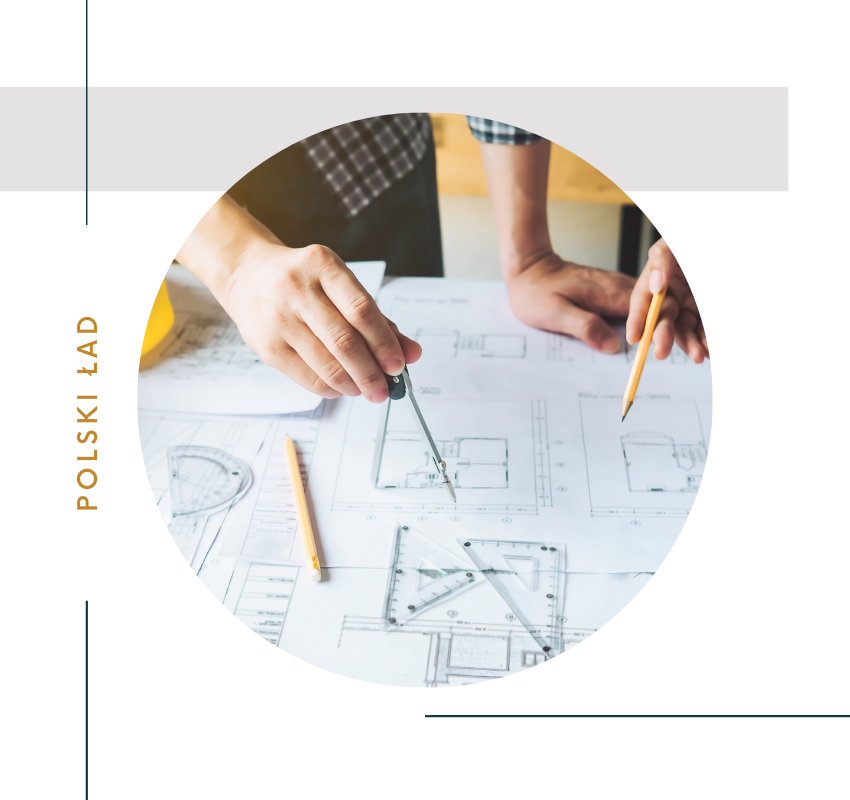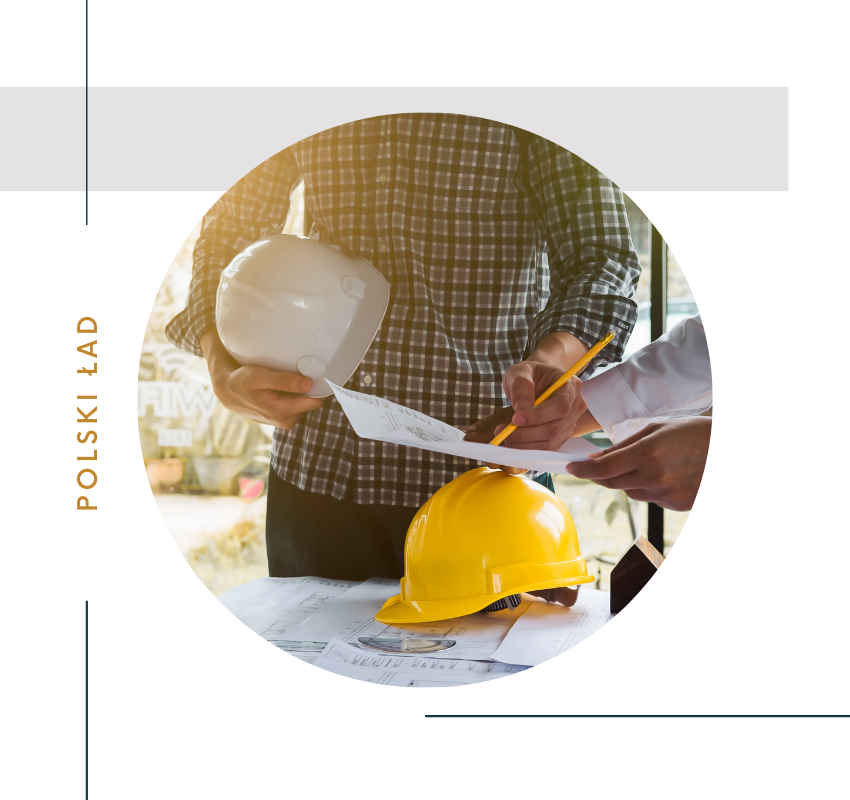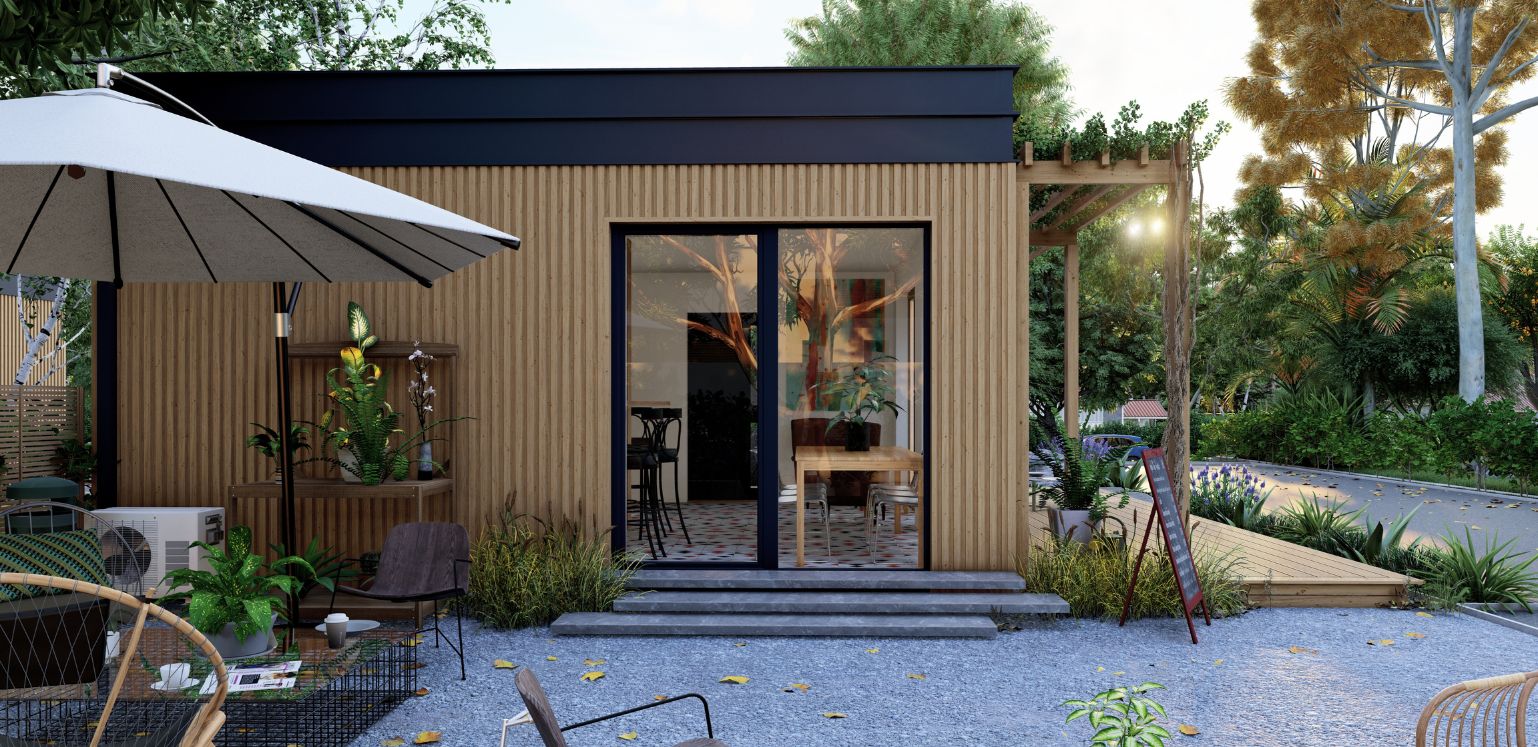
Larch is a genus of trees from the pine family, found in temperate and cool areas of the northern hemisphere. In Poland, there is a typical European larch growing in the Tatra Mountains and a Polish European larch growing in the central and south-eastern part of the country. In vast areas in Poland, larches are the basic forest trees.
Durable building material
Larch is a valued raw material with a long tradition of use due to its durability, which is compared with the durability of oak wood. Larch wood is resistant to changing weather conditions, it is waterproof, which makes it resistant to mold and rot. In contact with water, the so-called "petrification" - this is the process of preserving something in a specific form. Already in antiquity, larch was considered an ideal material for building bridges, water structures, strengthening wetlands, expanding various buildings, boats, ships, railway sleepers, etc. In the past, it was also a commonly used material for the construction of defensive castles, mansions, churches and chapels, we can still see today. Larch is one of the most durable types of wood, characterized by very high strength and high density. Larch wood obtained from trees aged 100-120 years is characterized by the best strength. Interestingly, natural durability in a dry state (e.g. a house) is estimated at approx. 1.8 thousand. years, while in the wet state (in water) for about 500 years.
Ecological larch house
Due to the above-mentioned qualities of wood, but also low requirements and rapid growth, these trees are cultivated in large numbers. They grow well even in polluted and urban areas. Larches grow on any type of soil, which makes their cultivation widely available. It is an ecological building materialwhose disposal and production are not harmful to the environment.
Larch, used as a building material, is characterized by exceptional qualities. It is extremely resistant to external factors such as water or fire, as well as cracking. The characteristics of larch wood make it ideal for building houses, gazebos, saunas and other wooden structures. Buildings made of larch wood with a slightly red color are characterized by a unique appearance and it is not recommended to paint or impregnate them. Larch wood is ideal as a facade of the house because thanks to this the house ages beautifully. Such a building gains more and more elegant design every year. Larch will be perfect as a finishing material for the interior of the building, because it is a resinous wood, a beautiful smell floats in the house.
Ready larch house
Year-round houses made of larch wood are an excellent, ecological alternative to traditional brick residential buildings. Due to the high hardness of larch, its processing is not easy, but advanced technologies used by experienced companies guarantee that larch buildings will serve their residents for a long time. At Timber Moon, we translate 17 years of experience in building wooden houses into our ready-made models with a larch facade. We invite you to cooperate!
